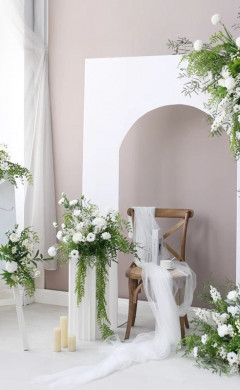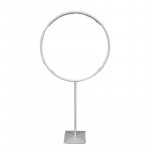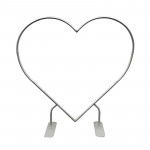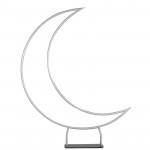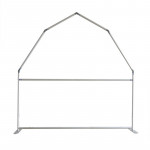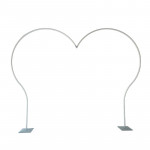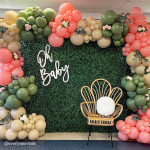Matching Muslim Wedding Traditions with Relevant Décors
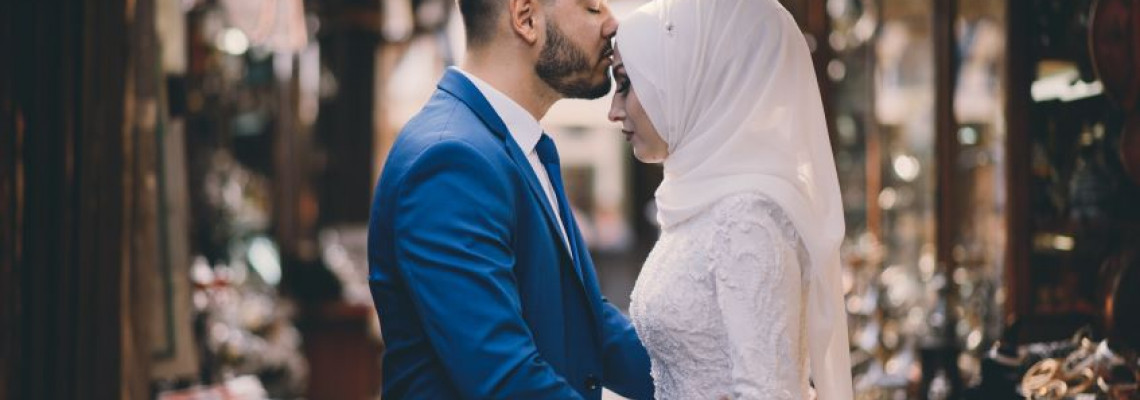
Matching Muslim Wedding Traditions with Relevant Décors
A Muslim wedding is a deeply culturally and traditionally rich celebration of love. The elaborate embellishments, vivid hues, and ingrained traditions that make it a genuinely unforgettable occasion give it its beauty. In addition to uniting two souls, this ceremony also unites two families, histories, and sets of customs.
Knowing Muslim wedding traditions is a great way to appreciate their significance, whether planning one or attending one. This book provides information about Muslim wedding décor, their rich wedding customs, and organizing advice for this treasured occasion.
Muslim Wedding Décor: Honoring Rich Cultural Heritage
Muslim wedding décor ought to complement the couple's cultural and religious customs. The following components are frequently included in Muslim wedding décor:
Henna Décor
An essential part of Muslim weddings is henna. Intricate henna designs are frequently used as décor, and some couples even incorporate henna ceremonies into their pre-wedding activities.
Arabic Calligraphy
In exquisite Arabic calligraphy, quranic passages or other religious writings are frequently used as decorations. Banners, table settings, and wall art can all use these.
Traditional Colors
Due to their cultural and religious significance, traditional Muslim wedding colors are frequently vivid and rich. These hues stand for fertility, wealth, and love. Blue, emerald green, gold, and crimson are typical traditional hues.
For example, green velvet tablecloths can add richness to the décor, while a rose gold round tablecloth can lend a touch of elegance to the dining area. In addition to complementing the traditional color scheme, these thoughtfully selected tablecloths give the event a rich and welcoming ambiance. The couple's love, cultural background, and religious fervor are all reflected in these hues.
Privacy Screens
Some couples separate the sexes during the ceremony using ornamental screens or walls by Islamic customs of modesty.
Islamic Patterns
Islamic geometric motifs are renowned for their symmetry and intricacy. They can be expertly added to various décor pieces, including backdrops, tablecloths, and even the wedding cake.
When selecting these patterns, tablecloth sizes must be considered to guarantee that the designs are appropriately displayed and have a powerful visual impact during the ceremony and reception. These patterns are noteworthy for Muslim weddings since they provide artistic splendor and have cultural and spiritual importance.
Dates and Fruits
Fruits and dates are frequently used as decorations and occasionally as gifts to represent fertility and sweetness.
Prayer Area
If necessary, guests can offer their Salah (prayer) at the specially designated prayer area at many Muslim weddings. With its exquisite rugs, this hallowed area provides a calm haven for introspection and social interaction. It raises the event's spiritual significance.
Floral Arrangements
Muslim wedding décor heavily incorporates flowers for beauty, purity, and fresh starts. Orchids, lilies, and roses are popular options. These flowers make delicate bouquets, gorgeous floral arches, and spectacular centerpieces.
Innovative choices like the Flowersarch flower wall, which may be used as a backdrop for the wedding ceremony or celebration, have been made possible by modern trends. These flower components offer a magical ambiance to the celebration by bringing natural beauty and scent into the wedding décor.
Important Muslim Wedding Traditions
Rich cultural and religious customs that vary by location are ingrained in Muslim wedding customs and practices. The following are typical Muslim customs for their wedding:
1. Arranged Marriages: Families plan many Muslim weddings, emphasizing compatibility, similar values, and religious convictions.
2. Mahr: As a sign of his dedication and financial obligation, the groom gives the bride a gift or dowry called the Mahr.
3. Nikah: The centerpiece of the Muslim wedding ritual is the Nikah, the official Islamic marriage contract. The bride, groom, and two witnesses come together on this solemn occasion to sign the Nikah, which specifies the conditions of their marriage in line with Islamic law.
In front of their loved ones, the couple publicly pledges their commitment to one another and asks Allah for blessings on their union. It's a profound moment.
4. Walima: Following the Nikah, the groom's family hosts a Walima feast. Family and friends gather to bless the newlyweds during this time.
5. Henna Ceremony: The bride and her female friends and family members apply elaborate henna drawings to her hands and feet during a Henna ceremony called Mehndi. It represents luck and beauty.
6. Dua: Prayers and supplications are recited throughout the wedding ceremony to get blessings and direction for the couple's future.
7. Halal Food: Halal cuisine, which complies with Islamic dietary regulations, is commonly served at Muslim weddings. This guarantees that the food is made ethically and legally.
8. Separate Seating: As a symbol of modesty, men and women are often seated separately during the ceremony and reception at Muslim marriages.
9. Reading of Quranic Verses: Invoking blessings and wisdom for the couple, Quranic verses are frequently recited throughout the wedding ritual.
10. Exchange of Rings: As a sign of their dedication to one another, some couples exchange rings, even though it is not a customary Islamic rite.
The fundamental principles of faith, family, and community essential to Muslim weddings are reflected in these customs, which differ according to ethnic origins and personal preferences.
What To Wear to a Muslim Wedding?
The bride usually dons a gorgeous bridal gown at a traditional Muslim wedding.
Depending on regional and cultural factors, Muslim wedding gowns might differ significantly. Nonetheless, it is typical for the bride to don a traditional ensemble or a gorgeously crafted gown, frequently in vivid hues like green, gold, or red. She can make elaborate jewelry like bangles, earrings, and necklaces.
In contrast, the groom typically dons a traditional sherwani or a fitted suit. Depending on the culture, a head covering called a "sehra" or "pagri" goes well with this outfit.
Muslim guests at weddings, particularly those who are close relatives, frequently wear tasteful yet modest clothing. Women might choose modest gowns with hijabs or fashionable Islamic clothes. Men dress in suits or traditional clothing, such as a sherwani or kurta-pajama. The level of formality of the wedding can also influence the choice of clothing, with more expensive dresses for formal ceremonies and casual attire for get-togethers.
Additionally, family members and visitors might dress in ways that go well with the couple's customary attire. This well-coordinated effort makes The overall atmosphere more harmonious, which can be further improved by matching Muslim wedding décor. An aesthetically pleasing and culturally rich atmosphere can be produced by incorporating the colors and patterns of the bride and groom's clothing into the décor.
Shop With Flowersarch
We at Flowersarch recognize how important it is to respect and celebrate the beauty of Muslim weddings. We are here to be your dependable partner in all aspects of planning and arranging since your special day deserves nothing less than the best.
We have everything you need, from sophisticated gold charger plates to gorgeous large Payette sequin tablecloths that add a dash of glitz. From our blogs and styling advice, you can also get aid with sensitive concerns, such as whether your napkins and tablecloth should match.
Our wide selection of event linens is made to satisfy your needs for Muslim wedding décor. To make your Muslim wedding a day full of love, custom, and treasured memories, we are dedicated to making it gorgeous and stress-free.
